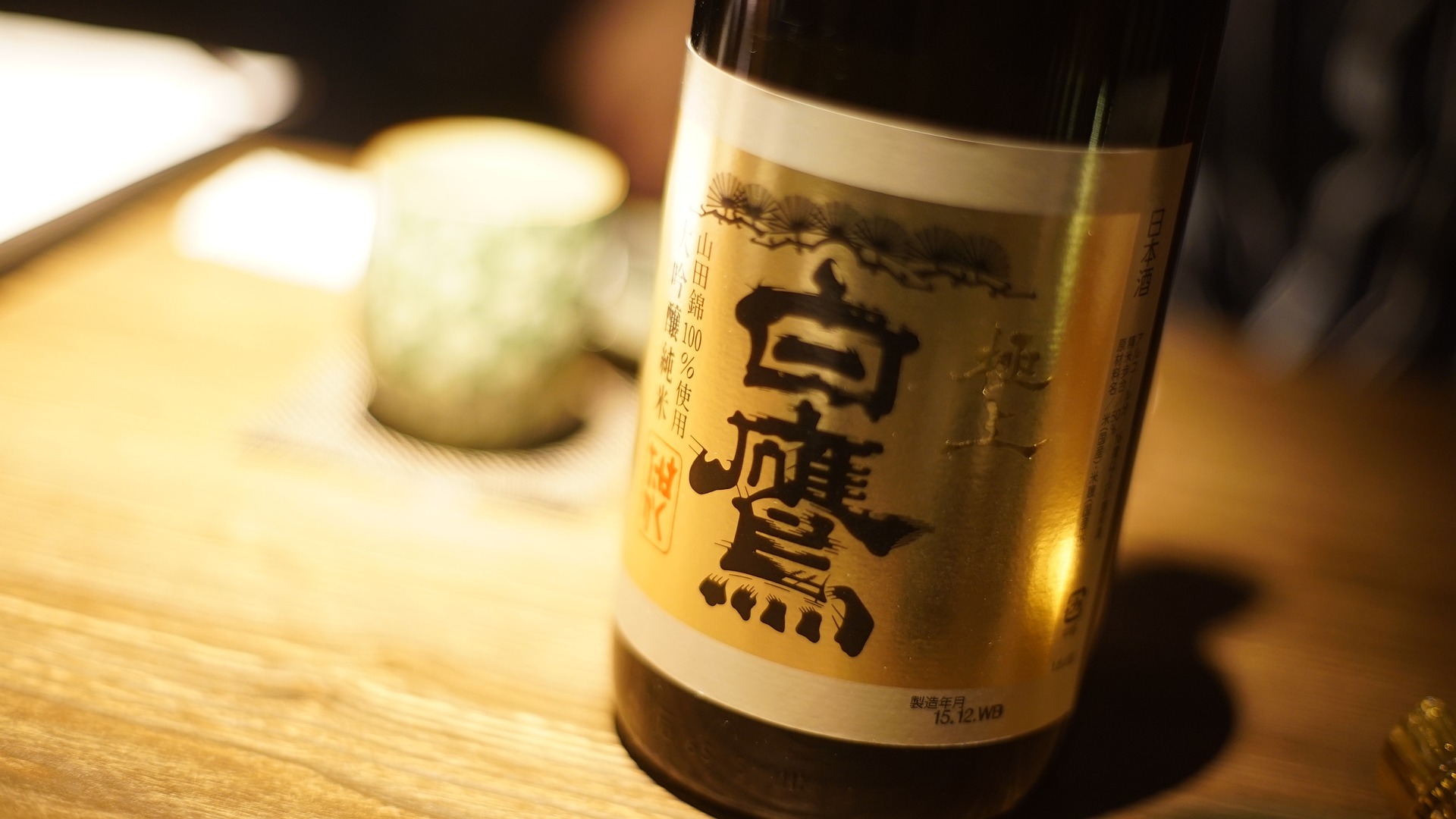Sake: Japan's Traditional Rice Wine
Sake, a traditional Japanese rice wine, has been gaining popularity in the United States recently. This complex and versatile beverage has a rich history and a unique brewing process that sets it apart from other alcoholic drinks. Read below to delve deeper into the world of sake, from its origins to its place in modern dining.
A Brief History of Sake
Sake, also known as nihonshu, has a history dating back to the 3rd century. It was initially used for religious ceremonies, courtly events, and drinking games. Over time, the brewing process evolved, and by the 16th century, sake had become a staple of Japanese culture and cuisine.
The Art of Brewing Sake
Sake is made from fermented rice, water, yeast, and koji, a type of mold used in Japanese cooking. The rice is polished to remove the outer layer, leaving only the starchy core. This process, combined with multiple fermentation stages, gives sake its unique flavor profile.
Understanding Sake Grades and Varieties
There are several grades of sake, determined by the degree of rice polishing and whether additional alcohol has been added. Junmai-shu and Honjozo-shu are pure rice sake, while Daiginjo-shu and Ginjo-shu are premium grades with a higher degree of polishing and a more refined flavor.
Sake in Modern Dining
Sake is not just for traditional Japanese meals. Its versatility makes it a great pairing for a variety of cuisines. Whether it’s a spicy Thai dish or a creamy pasta, there’s a sake to match it. Sake cocktails are also becoming a trend in bars and restaurants.
Sake Tasting Tips
When tasting sake, pay attention to the aroma, flavor, and aftertaste. Unlike wine, sake should be sipped slowly to appreciate its subtle complexities. Warm sake brings out different flavors than chilled sake, so try both to discover your preference.
- Sake is typically served in small cups called ochoko.
- The serving temperature of sake can greatly affect its taste.
- Sake has a higher alcohol content than wine or beer, usually around 15-20%.
- Sake can be enjoyed either warm or cold, depending on the type and personal preference.
- Sake is a versatile drink that can be paired with a wide range of foods.
Conclusion
Sake is more than just a drink; it’s a symbol of Japanese culture and tradition. With its complex flavors and versatility, it’s no wonder that sake is making its way into American dining. Whether you’re a seasoned sake connoisseur or a curious beginner, there’s always something new to discover in the world of sake. So, next time you’re dining out or looking for a new drink to try, consider sake – it might just surprise you.





